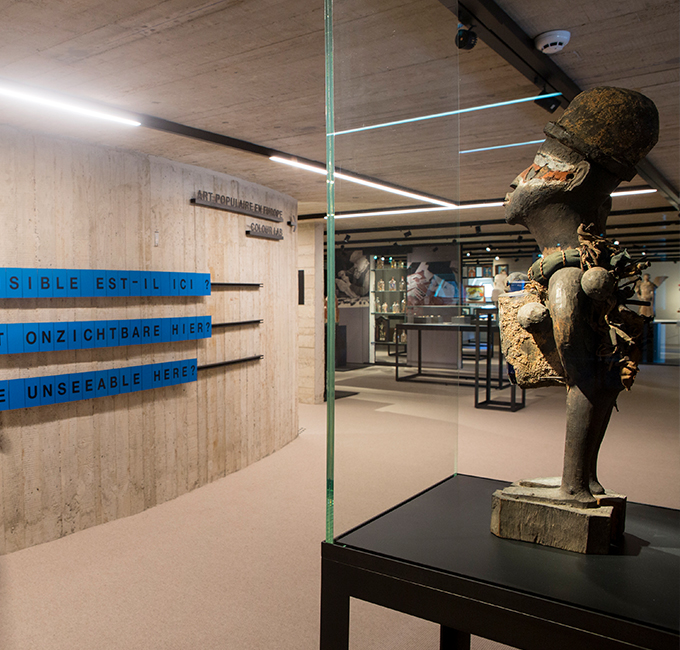Glass has become one of the indispensable materials in modern architectural design. It not only introduces natural light and creates a visual connection between indoors and outdoors, but also through different design and processing techniques, glass can meet a variety of functional needs. Among them, super white laminated glass, as an innovative material, is gradually becoming a new favorite among architects and homeowners for its desirable aesthetics and safety.
Ultra-white laminated glass is a new type of laminated glass product, consisting of two or more pieces of ultra-white glass bonded with one or more layers of PVB (polyvinyl butyral) film at high temperature and pressure. The super white glass itself has high light transmission and very low iron content, which gives the glass a crystal clear effect, while the PVB film in the interlayer gives this composite material higher safety and functionality.
Firstly, let's explore the advantages of ultra-white laminated glass from an aesthetic point of view. Due to its high purity, ultra-white glass is not only clear in color but also effective in reducing chromatic aberration, providing a brighter visual effect in both indoor and outdoor environments. Its high light transmission means that it does not cause too much obstruction to the natural light entering the building interior, which has a positive impact on enhancing the comfort of the indoor environment and reducing energy consumption. In addition, super-white laminated glass has good UV-blocking capabilities, protecting interior furniture and artifacts from UV damage and prolonging their lifespan.

In terms of safety, the structure of laminated glass makes it less prone to breakage upon impact, and even if it does break, the glass fragments will adhere to the PVB film to avoid causing harm to the human body. At the same time, the material is highly resistant to penetration, which effectively prevents external intrusion and improves the safety of the building. In addition, super white laminated glass also has desirable sound insulation properties, which can effectively absorb and reduce external noise, creating a quiet living or working environment.
In addition to aesthetics and safety, super white laminated glass has some other features. For example, it has good thermal insulation properties, which can effectively regulate the indoor temperature and reduce the energy consumption of air-conditioning and heating. This type of glass can also be customized with different optical properties, such as anti-glare and anti-reflection, to suit different usage scenarios.
In practice, super white laminated glass is widely used in high-end commercial buildings, luxury residences, art exhibition halls, and other venues. Its versatility allows designers to choose the suitable glass solution according to the actual needs of the building. For example, while pursuing the ultimate aesthetics, the safety, energy efficiency, and comfort of the building are also taken into account.
However, despite the many benefits of super white laminated glass, its cost and installation complexity also need to be taken into account when making a choice. Due to the complexity of its production process, the price of laminated glass is usually higher than ordinary glass. Therefore, where budgets allow, clients and designers need to weigh up the value for money and make an informed choice.
In conclusion, as an innovative building material that combines aesthetics and safety, super white laminated glass is increasingly being used in modern architecture. It not only enhances the visual effect of buildings but also contributes to their safety, energy efficiency, and comfort. With the continuous advancement of technology and the gradual reduction of costs, we have reason to believe that super-white laminated glass will play an even more important role in the future market of building materials.





